M & M's World Cruise
We zipped up the coast overnight and docked in Mumbai at noon. For three days we had cell service, but no onboard Internet access, which drove us a little crazy. Only on our way out to sea on Monday did we learn that it was blocked by the Indian Navy because of our proximity to their operations. The Portuguese named the city Bombay, but in 1994 the citizens voted to return Mumbai to its original name. The local state language is Maradhi, but Hindu is spoken by most people, as well as a lot of English. And Mumbai, with its population of 23.7 million (same as all of Australia), is more populated than NYC. And boy, did we find that out.
Day 1 – 4/1/2023 - Mumbai
Upon disembarkation for our tour around the city, we were greeted by music and dancers, and I received a bindi, a little red mark on my forehead between my eyebrows, a Hindu tradition to indicate that I am married. The bus tour of the city showed us just how densely populated the city is, and we only saw the tip of the iceberg, or whatever its 104 degrees F equivalent is. It wasn’t
Mary Forman
53 chapters
India Part 2
Mumbai, India
We zipped up the coast overnight and docked in Mumbai at noon. For three days we had cell service, but no onboard Internet access, which drove us a little crazy. Only on our way out to sea on Monday did we learn that it was blocked by the Indian Navy because of our proximity to their operations. The Portuguese named the city Bombay, but in 1994 the citizens voted to return Mumbai to its original name. The local state language is Maradhi, but Hindu is spoken by most people, as well as a lot of English. And Mumbai, with its population of 23.7 million (same as all of Australia), is more populated than NYC. And boy, did we find that out.
Day 1 – 4/1/2023 - Mumbai
Upon disembarkation for our tour around the city, we were greeted by music and dancers, and I received a bindi, a little red mark on my forehead between my eyebrows, a Hindu tradition to indicate that I am married. The bus tour of the city showed us just how densely populated the city is, and we only saw the tip of the iceberg, or whatever its 104 degrees F equivalent is. It wasn’t

quite that hot, but everyone we spoke to about it (ranging in age from 30-55) shared that the average summer temperatures have risen 10 degrees Celsius in their lifetime. In addition to seeing lots of beautiful buildings, many of which are UNESCO sites, we made several interesting stops. At the Hanging Gardens/Kamala Nehru Park, we saw expansive city views, some beautiful flowers, and one dog who seemed to own the place. We still can’t figure out why they are called “hanging”. Then we visited the Mahalakshmi Dhobi Ghat, an open-air laundry where washers, known as dhobis, do the laundry, mostly by hand, for many of the hospitals and hotels in Mumbai. It has been in continuous operation since 1890 and we understand the washers are only men. Then we headed over to Mani Bhavan, the home of a good friend of Mahatma Ghandi during his lifetime, and now the home of the Ghandi Museum. India’s history is complicated, and never more so than from the period of the British Raj until independence in 1947.
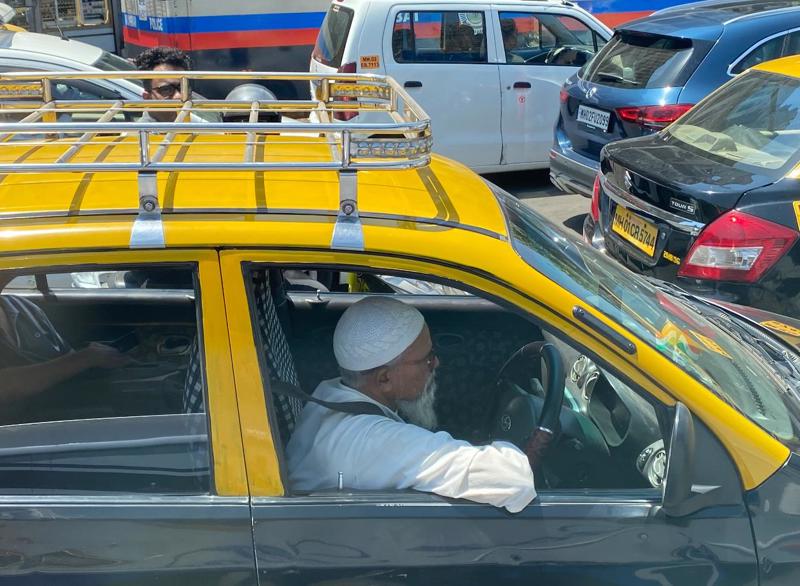

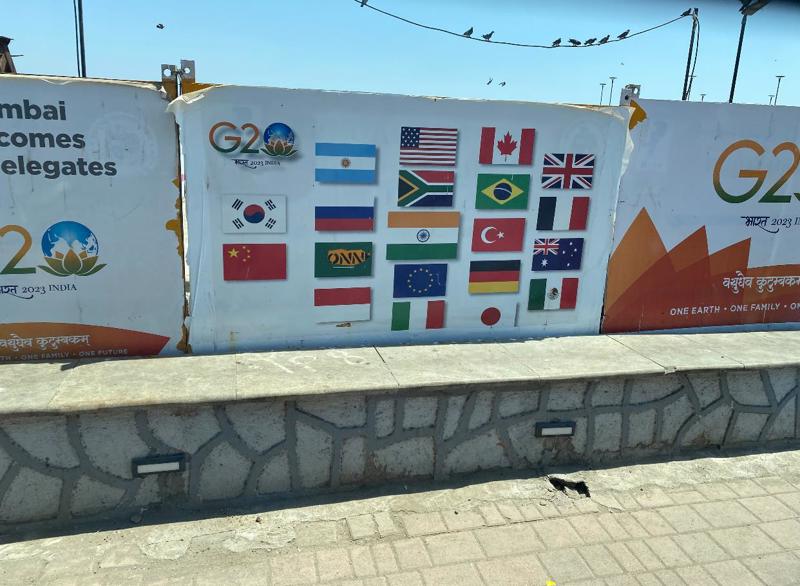
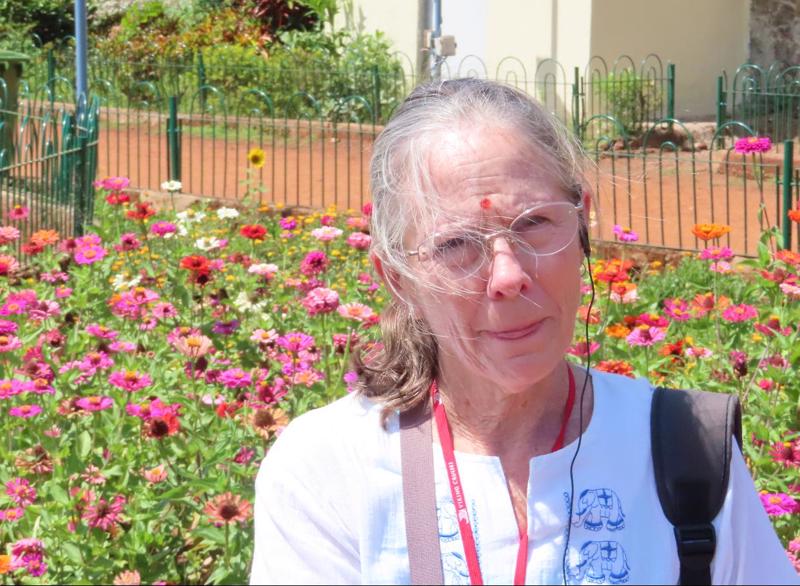
Ghandi played a pivotal role, not only in India’s quest for independence, but also for the use of nonviolent resistance, both in India and across the globe. During our drive, we saw a Parsi/fire temple, a place of worship for Zoroastrians (non-Parsis are not allowed inside), as well as a Jain temple. Jains are not only vegetarians, but also eat no root vegetables. We also viewed the “home” built by India’s richest man – 27 stories high with several swimming pools and a cow on the 10th floor. By the way, cows roam freely in every place we visited. At the end of our scenic drive, we got to view the beautiful Taj Mahal Palace Hotel as well as the stunning Gate of India, built to salute the arrival of King George V and Queen Mary in 1911. Back on the ship, we enjoyed another Viking Destination Performance, this one titled “Swar Tarang”. The dances performed were Ganesh Vandana from the Tamil Nadu state; Raas from Gujurat; Lawni from Maharashtra; Mariamman from Tamil Nadu; Ghoomar from Rajasthan; and Bhangda from Punjab. And they even
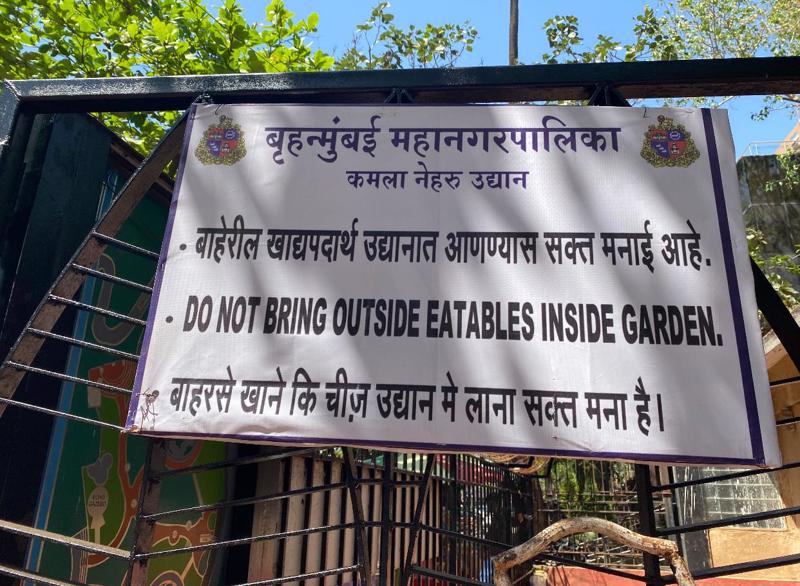
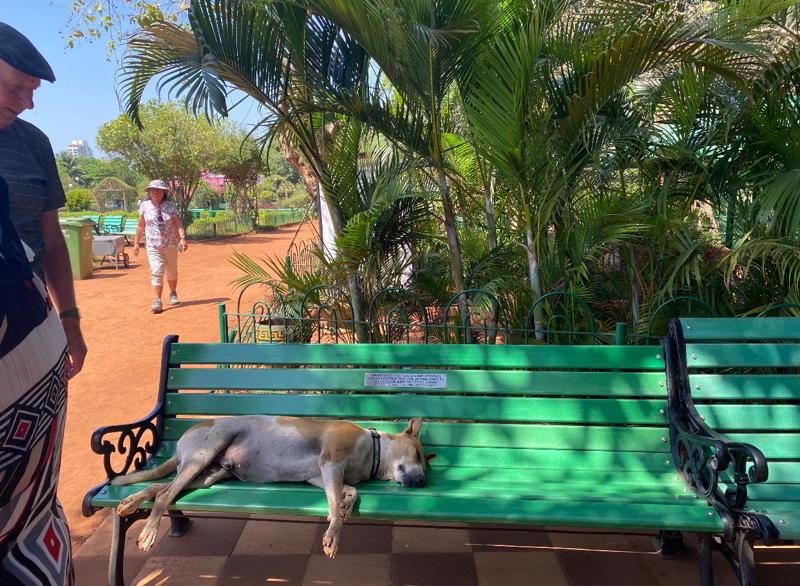


invited some Vikings up to learn how to dance. Our London friend, Steve, was quite good.
Day 2 – 4/2/2023 – Lonavala-Hill Station Tour
Today’s adventure found us in the Sharayadi Mountains south of Mumbai. Our private guide, Kamlesh, and his driver, took us on a magical day-long trip. I envisioned cool mountain air and no people; instead, it was very hot and windy and, at the first stop, at least, there were thousands of people making the long walk up to visit the Hindu temple and standing in line for hours to literally walk through the temple and leave whatever their offering might be. I mean thousands. Offerings can range from flowers to chickens. The chickens are sold in the town and then somehow “hypnotized” (our vet friend says they must be drugged) so the purchaser can carry the quiet chickens to the temple. The sellers then somehow get their chickens back at the

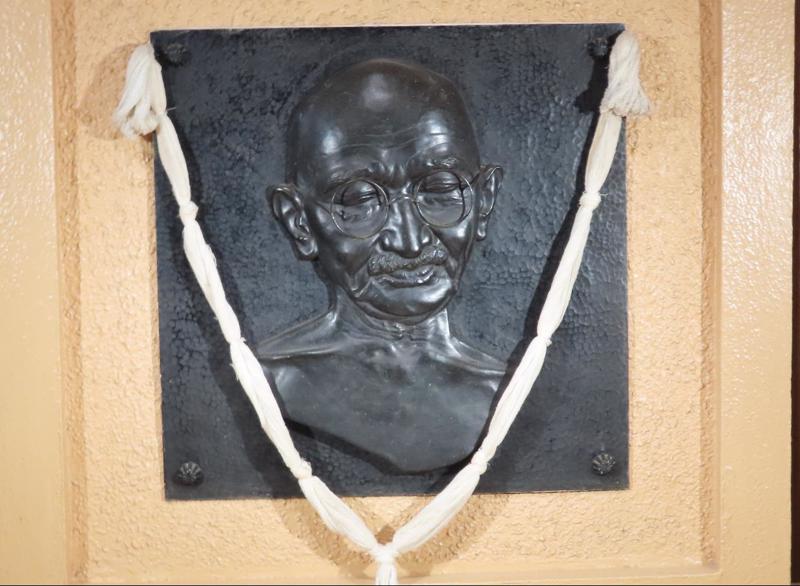
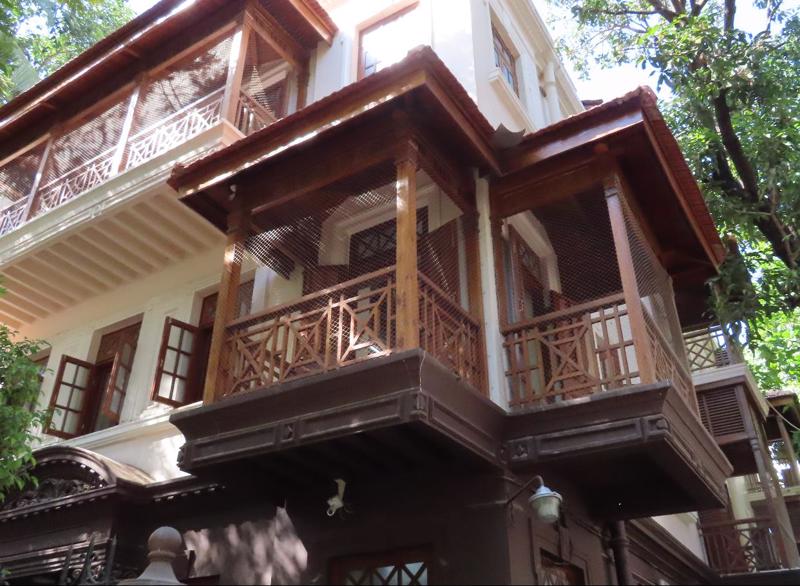

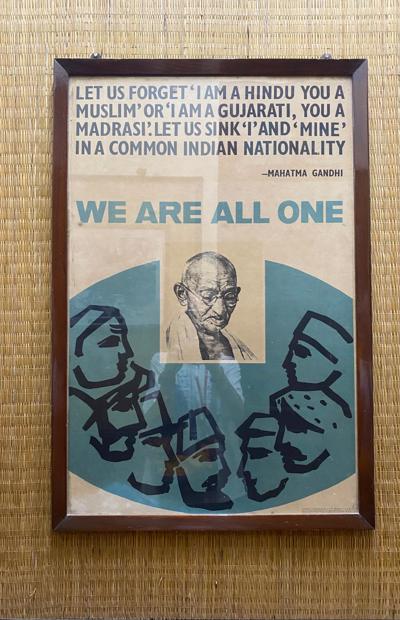
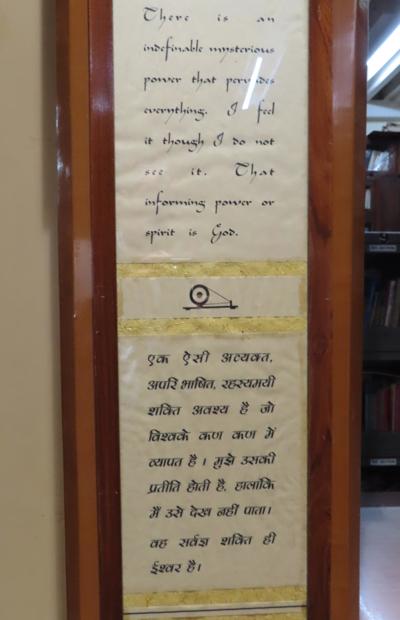


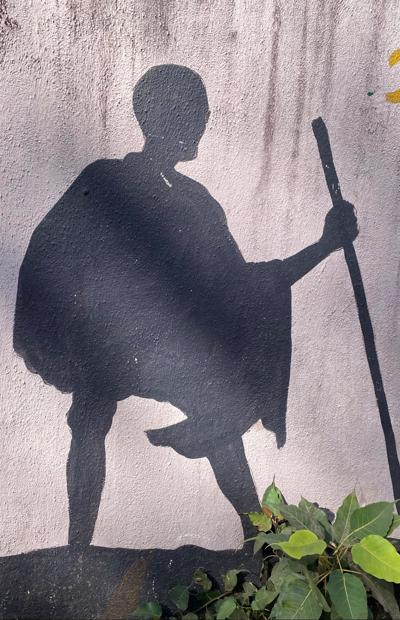
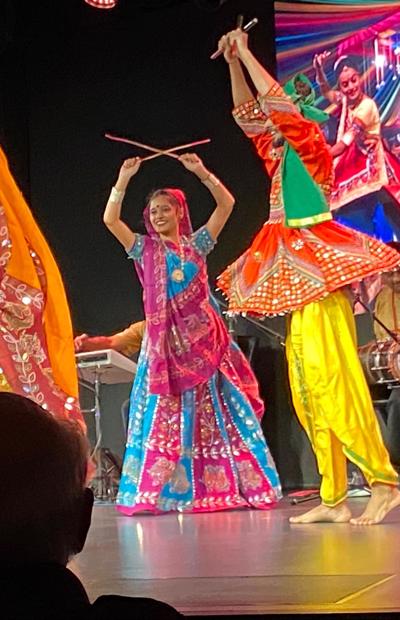

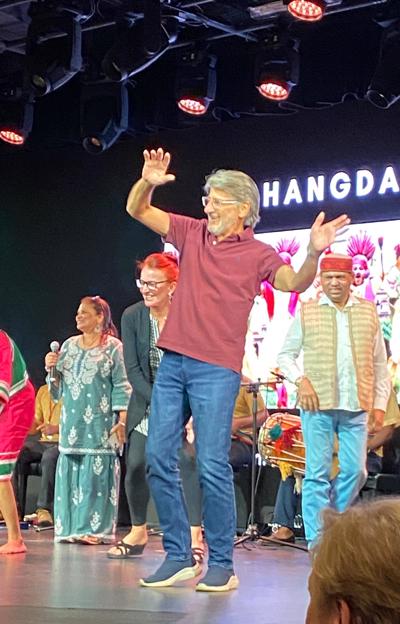

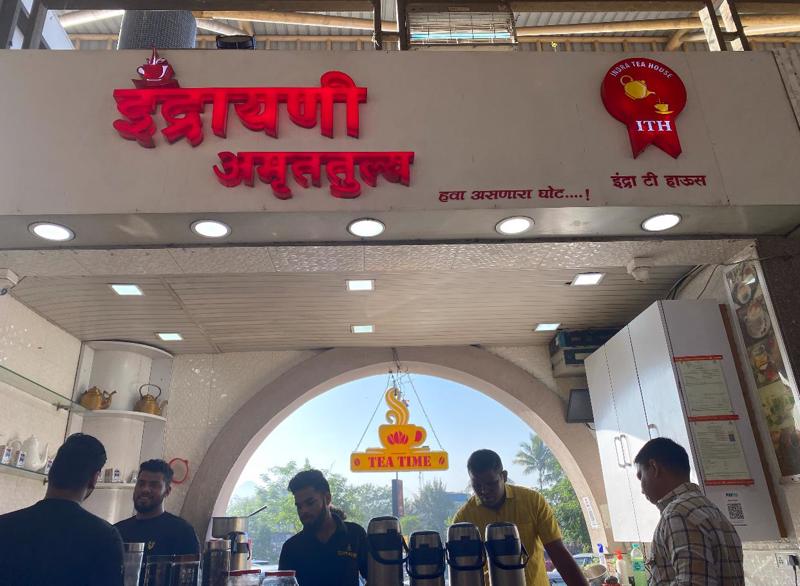

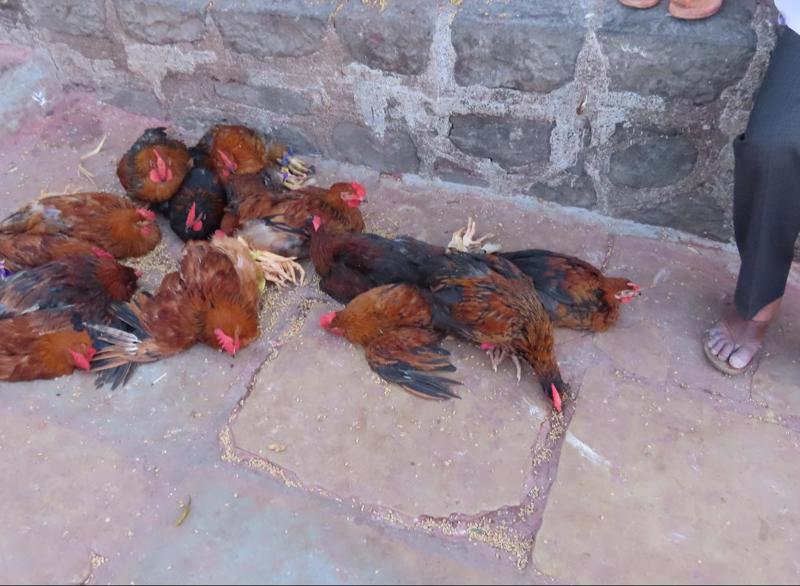

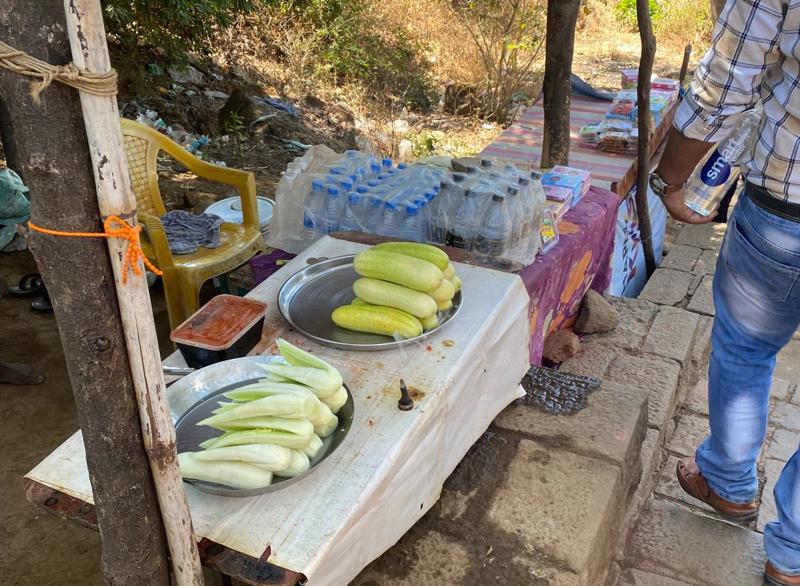

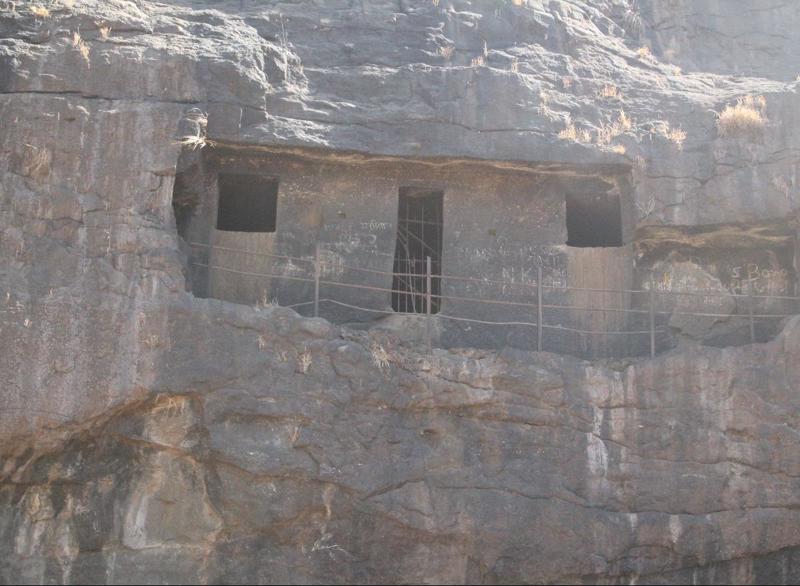
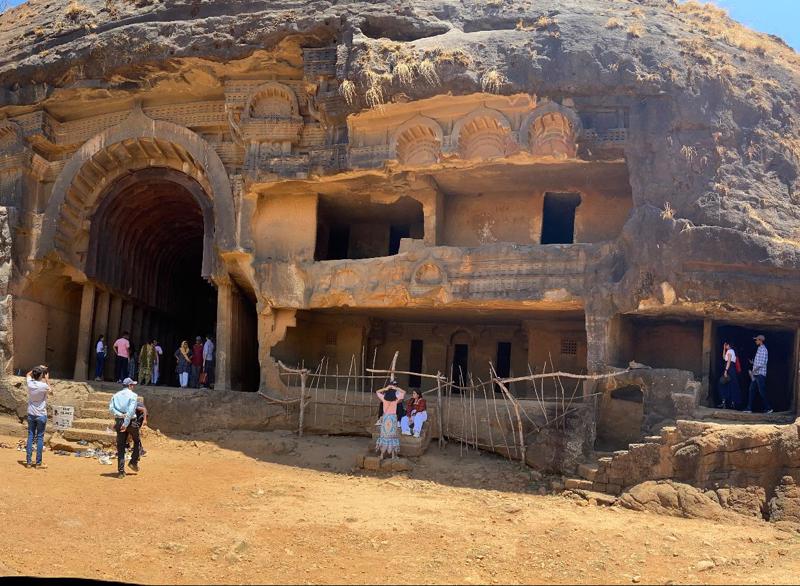
end of the day and resell them to the next batch of devoted Hindus. What a way to make a living. In addition to the Hindu temple, the Karla Caves complex, built from 2,000 BCE-500, also has a Buddhist temple as well as monk lodging caves -- what we climbed up to see. But we had to share the path with thousands of devoted Hindus. There were hawkers on both sides of us, selling trinkets and chickens, and refreshments of cucumber w/chili powder & salt as well as buttermilk. Back in town, we drove by a few meat markets, where goats were being butchered, and the live ones were just waiting their turn. What an experience! Then we headed off to Bhaja Caves, where there was only a Buddhist temple & monk lodging, thank goodness. A very steep climb, and a very similar look and feel to Karla, only not many people. After all that work, Kamlesh took us to an Indian (!) restaurant, where we happily ate with our hands -- veg curry & chicken masala & chapati (flat bread). Thank goodness they brought spoons when the rice & lentils were served. Our last two stops for the day were Lion Point – 10,498’ up and with amazing views and animals – and to purchase a package of Chikki, a traditional Indian sweet made from nuts and sugar. The main Chikki factory is in Lonavala, so we wanted to support the business community…. Thirteen hours after starting our adventure, we arrived back in

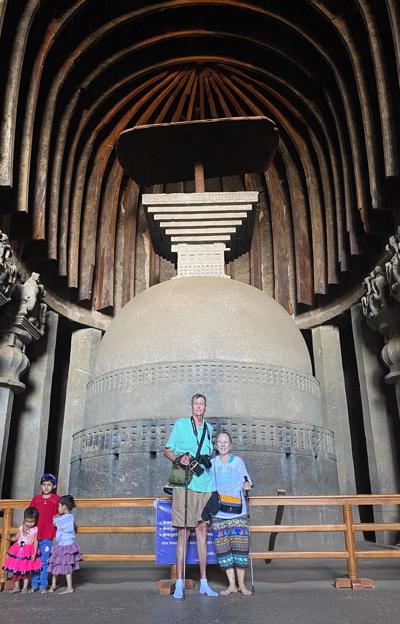
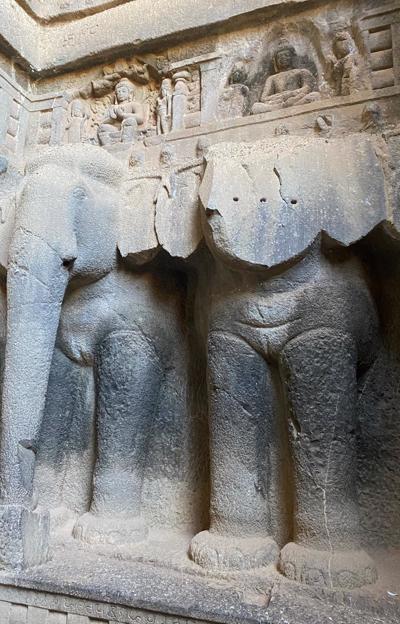


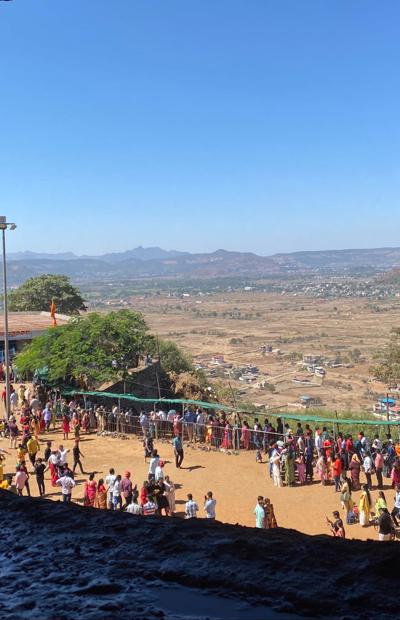
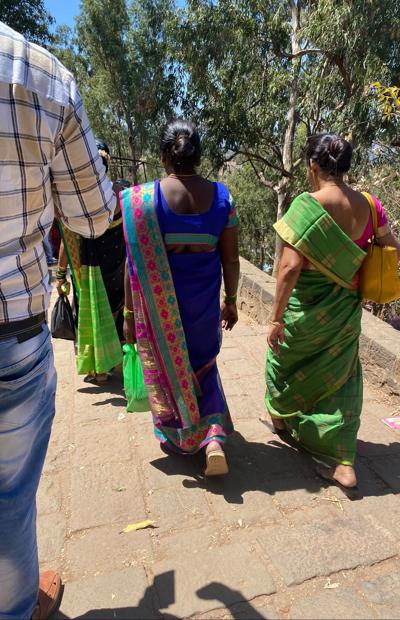
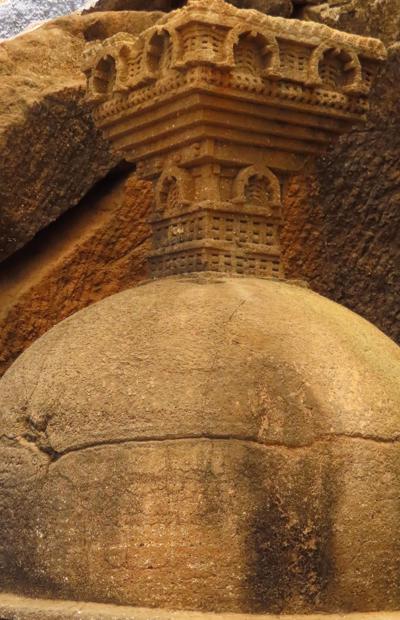
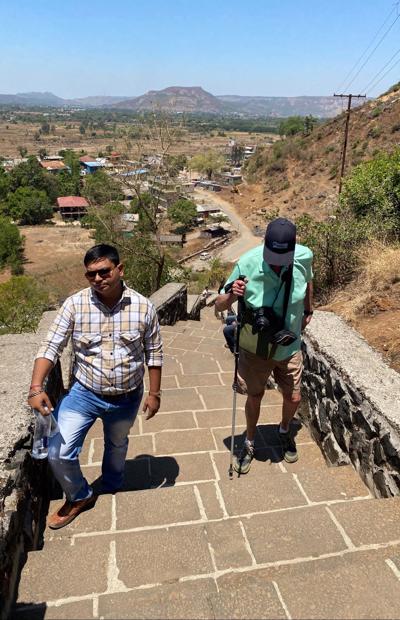

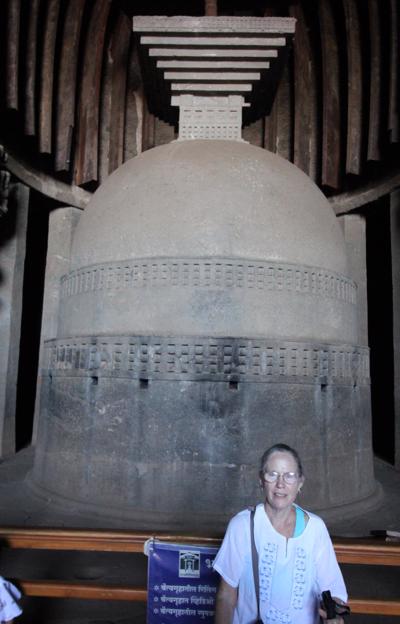
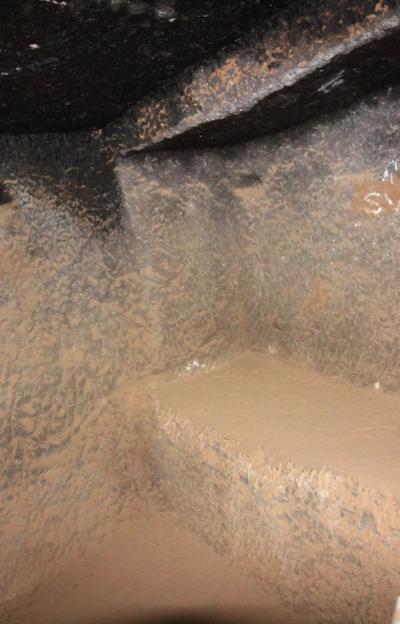


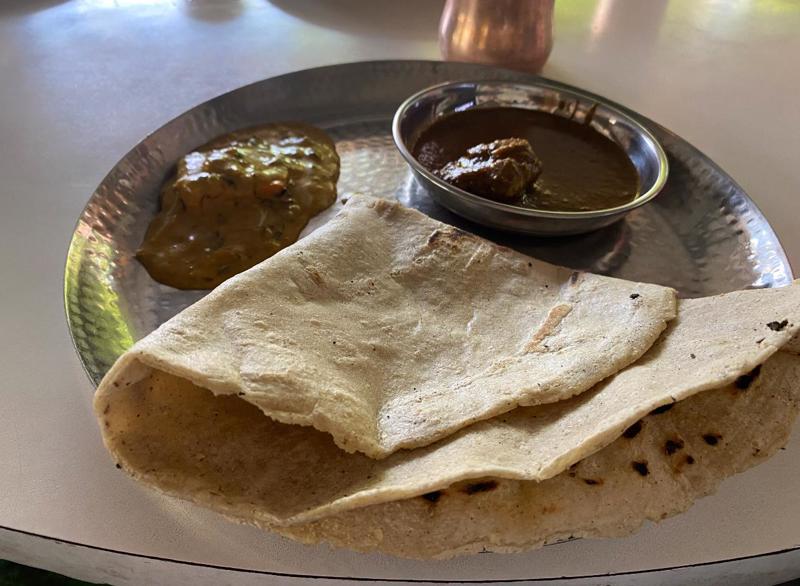
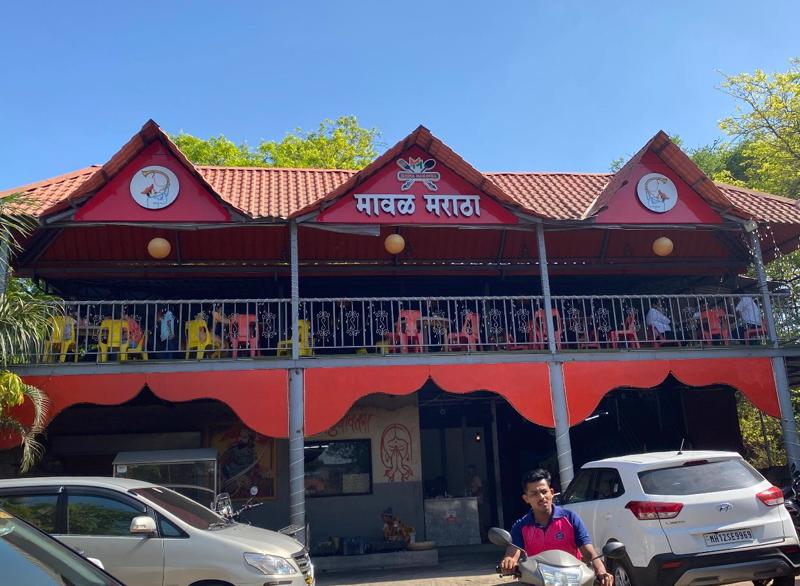
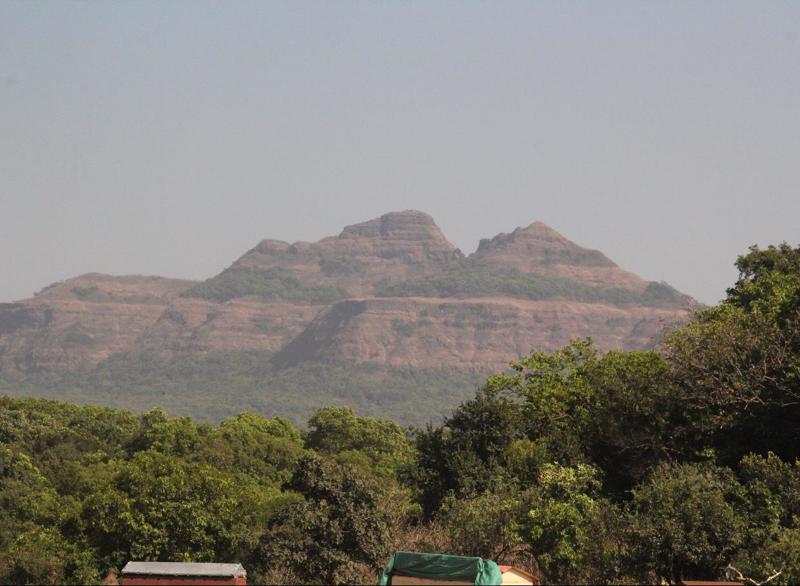
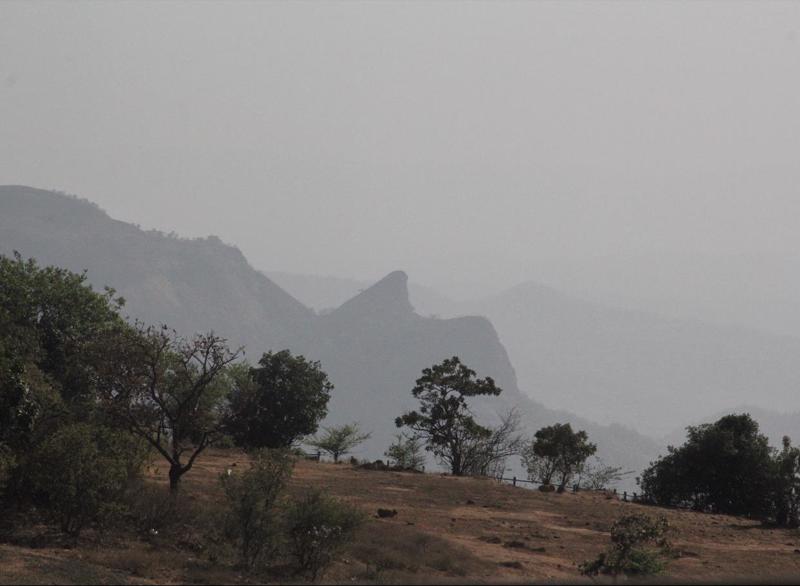


Mumbai where we showered, ate a bite, and crawled into our beds.
Day 3 – 4/3/2023 - Mumbai
Our final day was spent on an interesting walking tour through Old Mumbai. We motored over to the Malabar Hill section, where the super wealthy reside, passing by a Senior Citizens-Only city park. Great idea! Then we walked to the “other” side of Malabar Hill and through the neighborhood to view the Banganga Tank – Mumbai’s “magical” (probably spring-fed) ever-flowing freshwater pool on an island surrounded by salt water – and their substitute for the sacred Ganges River, which flows from the Himalayas and out into the Bay of Bengal in northeastern India. I grabbed a photo of a swastika painted on a wall. The word swastika comes from Sanskrit. In Hinduism, the right-facing swastika symbolizes surya/sun, prosperity, and good luck. Shame on the Nazis. Then we headed over to the Khotachi Wadi neighborhood where once there were 65 Portuguese homes and now only 25 are left. Our self-appointed guide was a dog, who literally escorted us throughout our entire walk and stopped when we got to the end of the neighborhood. Our host, James Ferreira, is an Indian fashion designer. He invited us into his home, served us
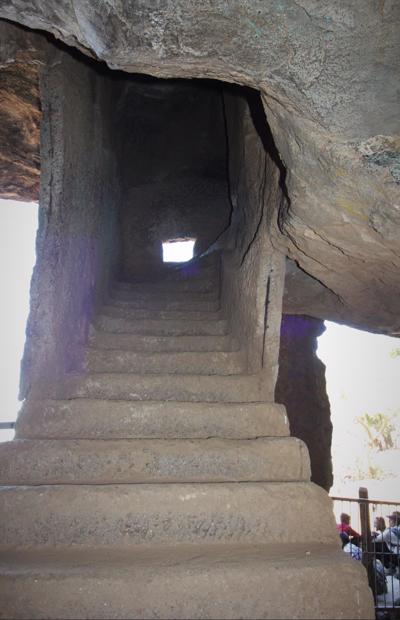
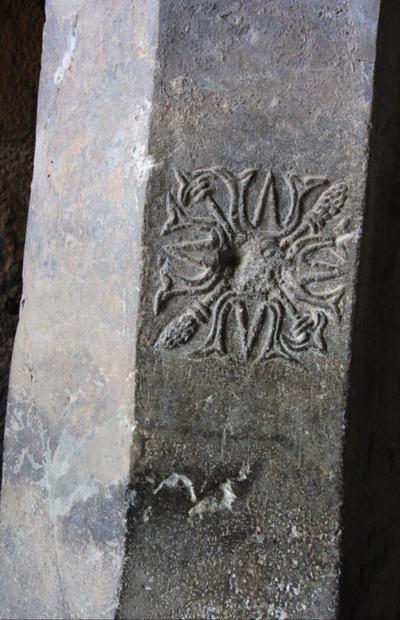

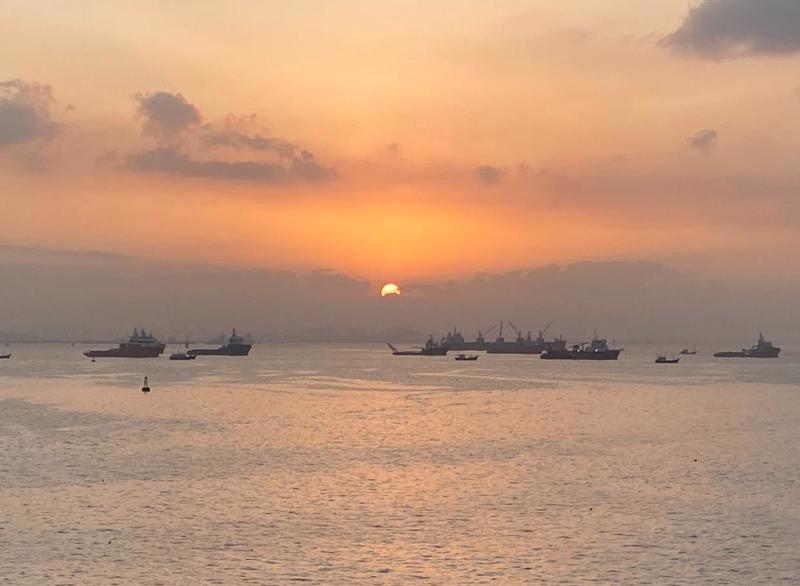
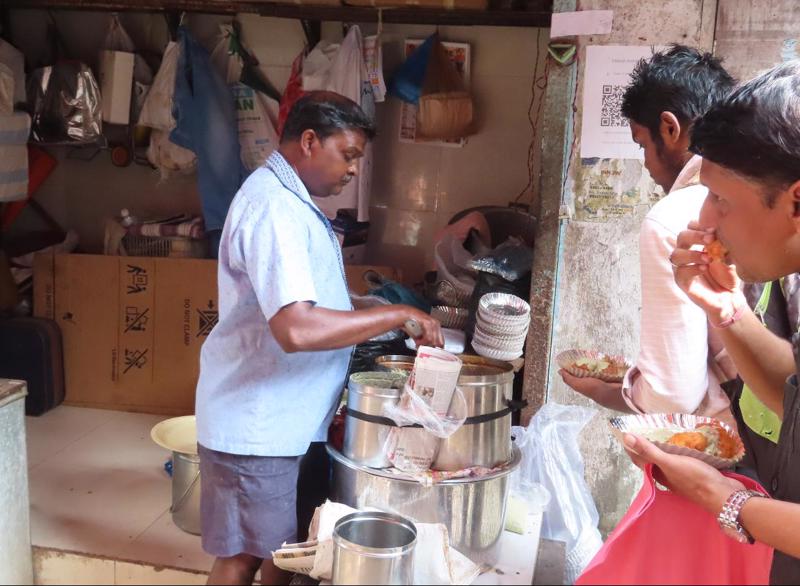
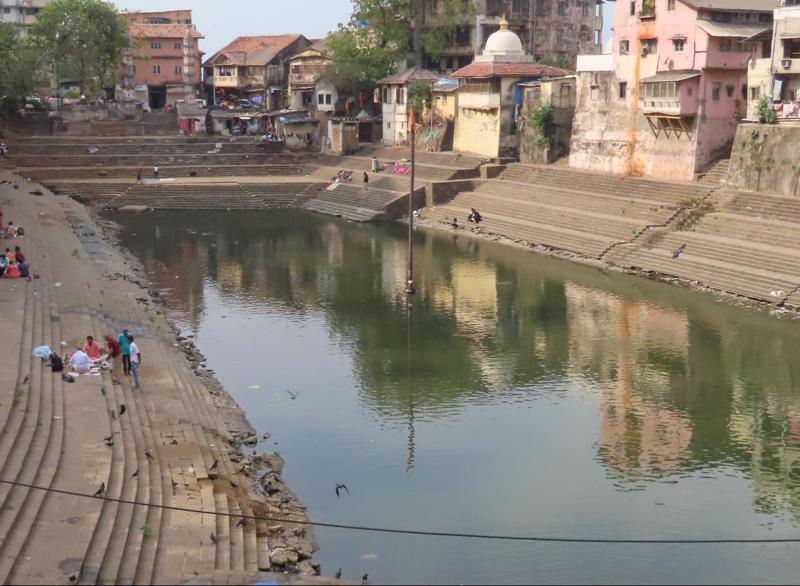
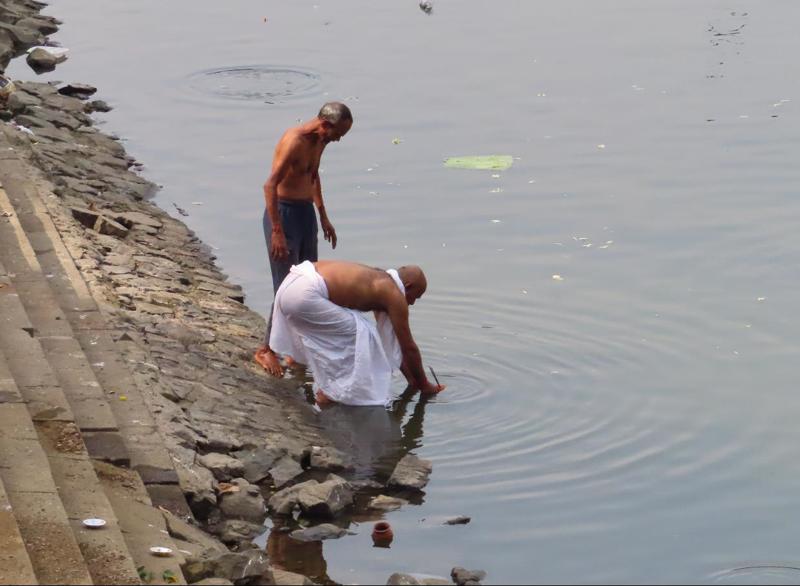



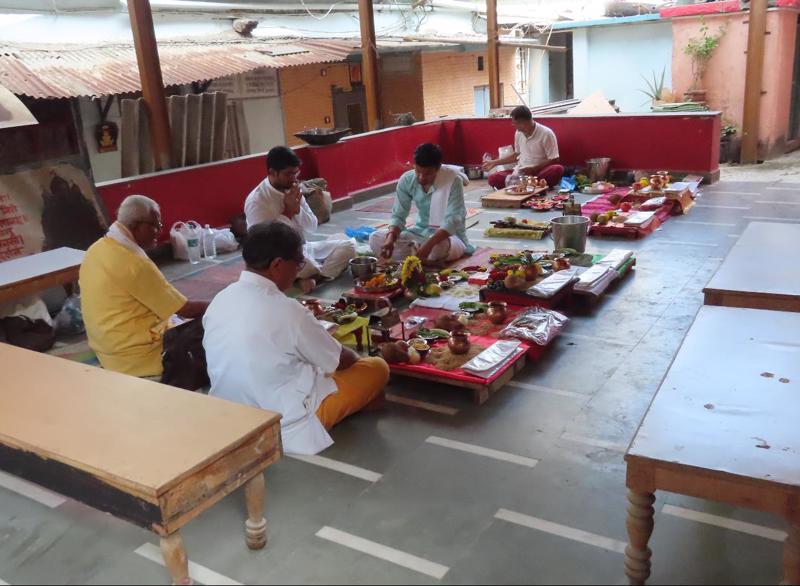
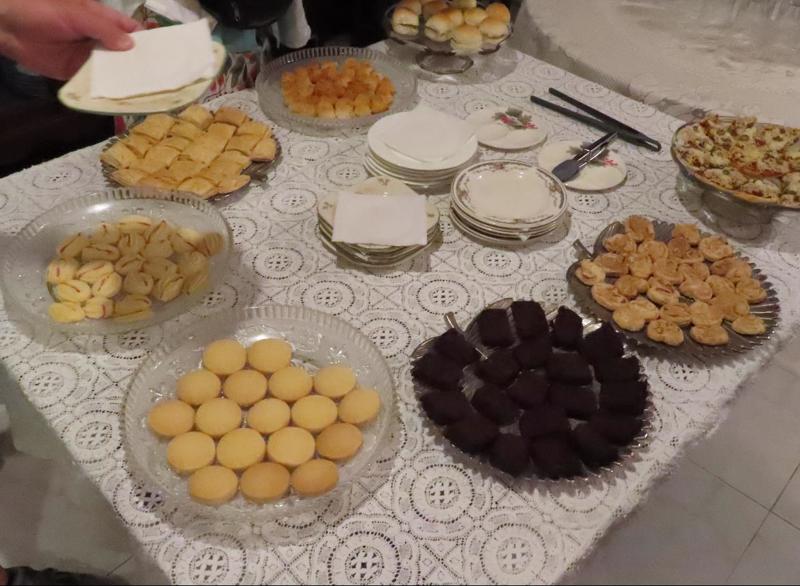

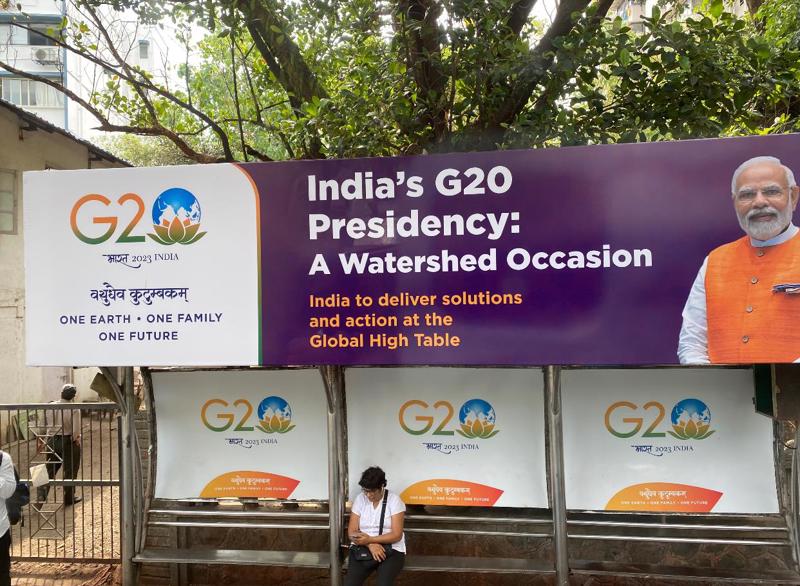

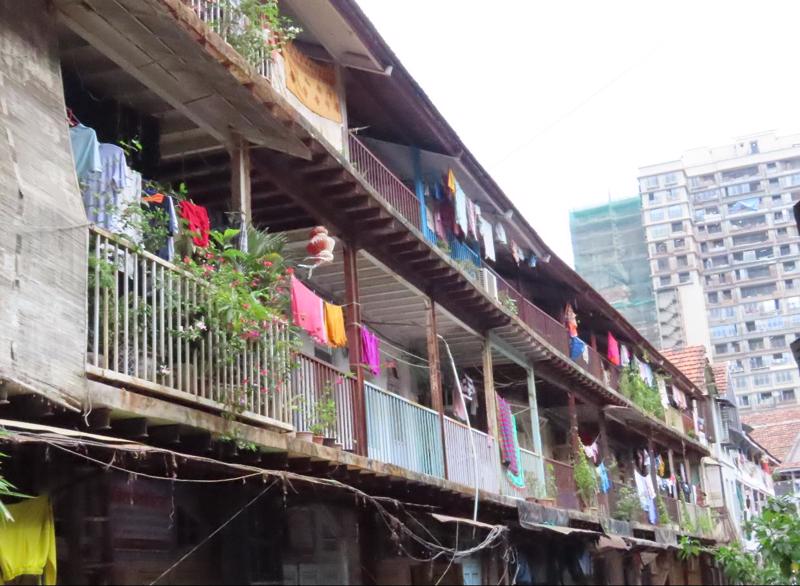

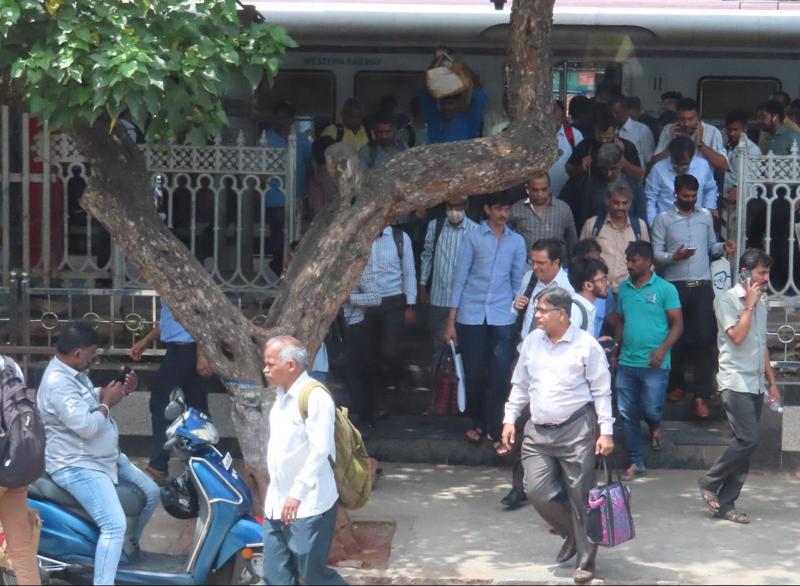
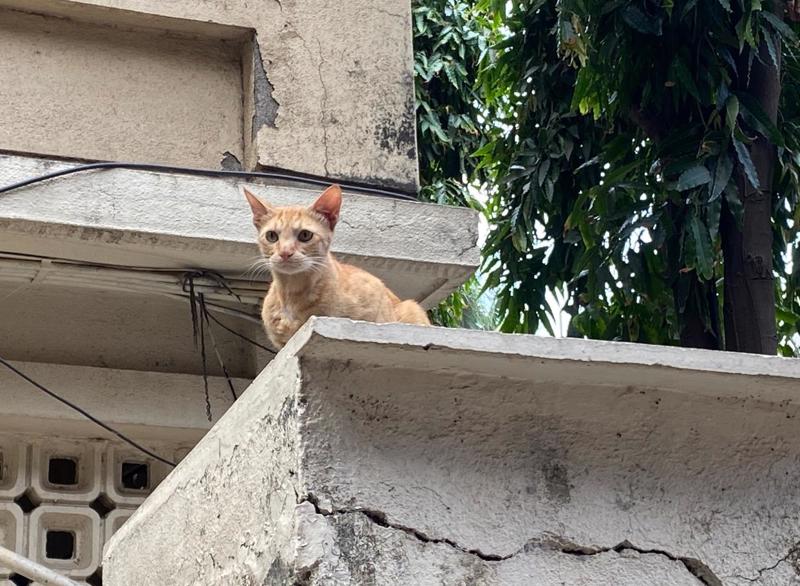
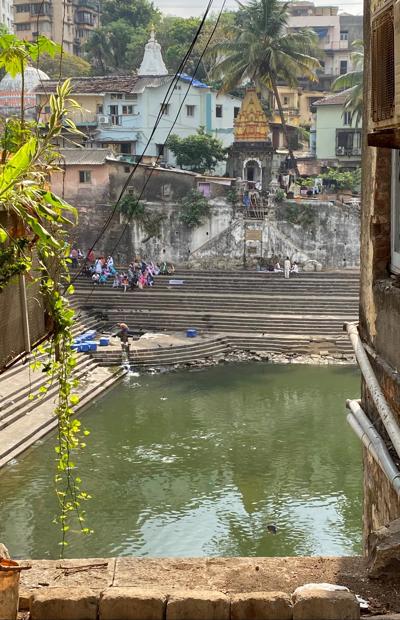

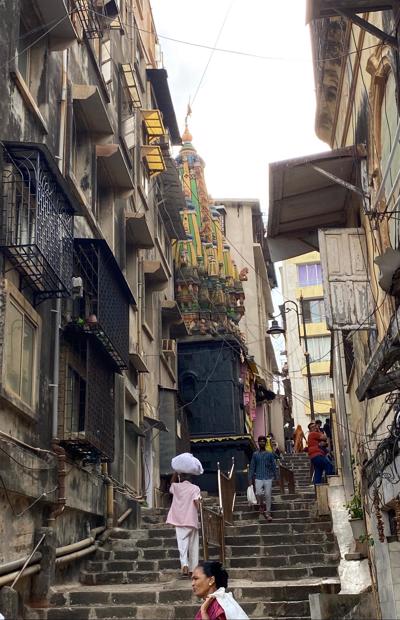
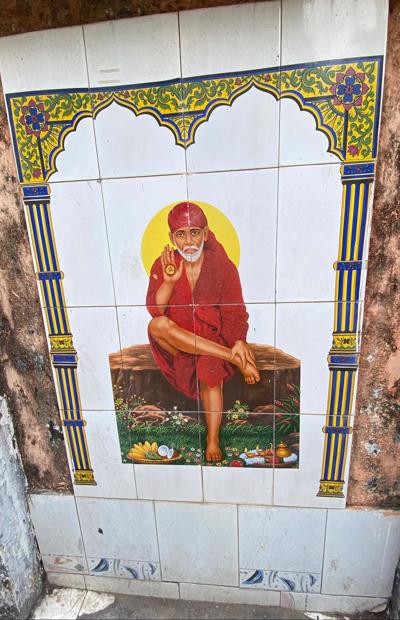
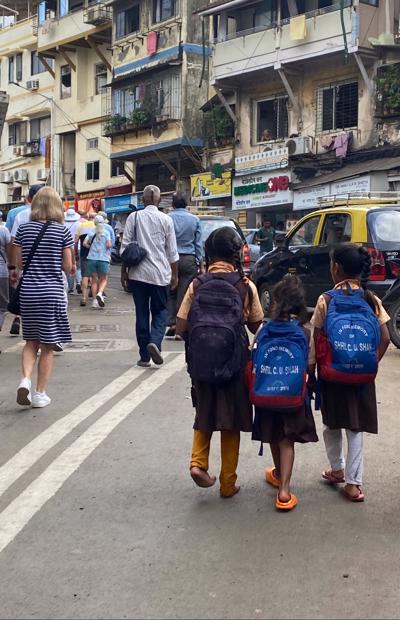
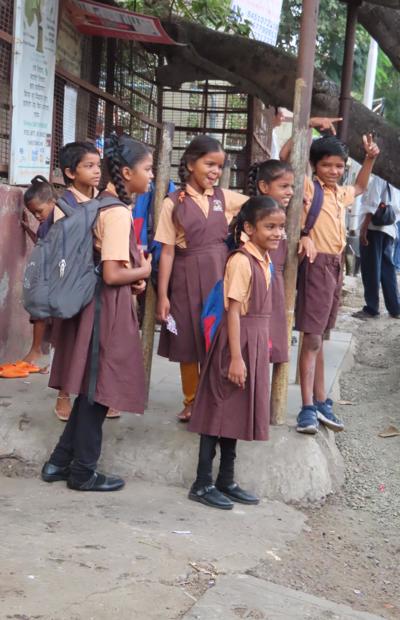



refreshments, told us the story of the Portuguese in Mumbai and his efforts to protect the remaining 25 homes through a historical trust that he established to “fight city hall”. We were invited to view (and purchase) items from his amazing designer fashions selection. Alas, there were no Petite sizes. Our last stop was in the Khandewadi area, to view chwals/community living buildings. Erected by textile factory owners in the last century, they provided cheap living arrangements for the migrants brought in to work. Still in use today, they are truly community living structures – shared kitchens and bathrooms – and
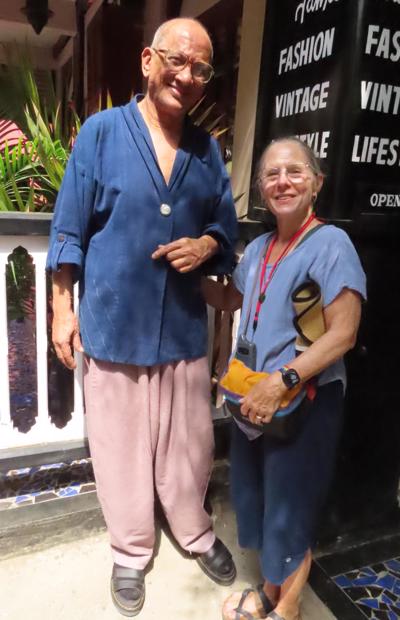
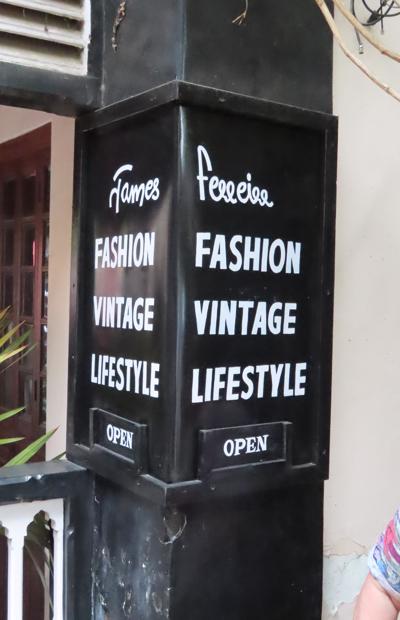


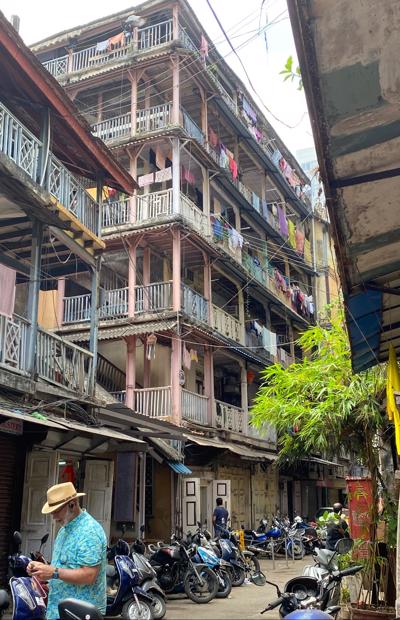

living rooms where everyone sleeps. Our guide predicts they will all be gone within the next 10 years. On the way back to the ship, our guide told us about the lunchbox program. Millions of people commute into Mumbai each day and they leave home very early in the morning, before they/their spouse has time to fix their lunch. So, for 1,000 Rupees a month ($12), a dabbawalla/courier will pick up lunch from home or a restaurant and deliver it, generally via bike or train, to the hungry worker. After lunch, the dabbawalla picks up the empty lunchbox. Most of the couriers do not read, so they use a color-coding system. Thousands of lunches are delivered daily, and because they employ the Six Sigma methodology, their success rate is purported to be close to 99.9%.
Final thoughts on India: Although we only got a quick glimpse of this hot and crowded country, we are glad to have had the experience. A real sensory overload. The hawkers are relentless; the beggars, and often their children as well, are ubiquitous; the cities are messy with litter everywhere you turn; it is very crowded; the driving is crazy. And yet, India is a growing, thriving, successful country where everyone is industrious in their own way. The G20 is being hosted by India in 2023. We will likely not return but would love to visit other parts of the country if we ever get the chance. Seven Asian countries in 35 days. And now we’re off to the Middle East. Wow.
1.
Getting Ready!
2.
Getting Packed
3.
Bon Voyage
4.
Cruising-101 - Our First Sea Day
5.
Historic Cozumel
6.
Sea Day x 2
7.
South America
8.
Panama Canal Day 1
9.
Panama Canal Day 2
10.
Sea Day
11.
New Year’s Eve 2022
12.
New Year's Day 2023 +++
13.
Baja California
14.
Italian Wine & the City of Angels
15.
6 Sea Days From LA to Honolulu
16.
Aloha Hawaii!
17.
Crossing the Equator
18.
French Polynesia
19.
Crossing the International Date Line
20.
North Island - Auckland
21.
North Island - Tauranga & Napier & Wellington - Waitangi Day Weekend
22.
South Island - Doubtful & Milford Sounds
23.
Tasmania, Australia
24.
Victoria, Australia
25.
New South Wales, Australia
26.
Queensland, Australia
27.
Behind the Scenes
28.
Komodo National Park
29.
Bali, Indonesia
30.
Happy Anniversary
31.
Java, Indonesia
32.
Vietnam
33.
Thailand Part 1
34.
Singapore
35.
Malaysia
36.
Thailand Part 2
37.
Sri Lanka
38.
India Part 1
39.
India Part 2
40.
Saudi Arabia
41.
Jordan
42.
Egypt
43.
Suez Canal
44.
Israel
45.
Turkey
46.
Greece
47.
Italy
48.
Monaco
49.
Spain
50.
Portugal
51.
France
52.
England
53.
Heading Home
Share your travel adventures like this!
Create your own travel blog in one step
Share with friends and family to follow your journey
Easy set up, no technical knowledge needed and unlimited storage!
© 2025 Travel Diaries. All rights reserved.